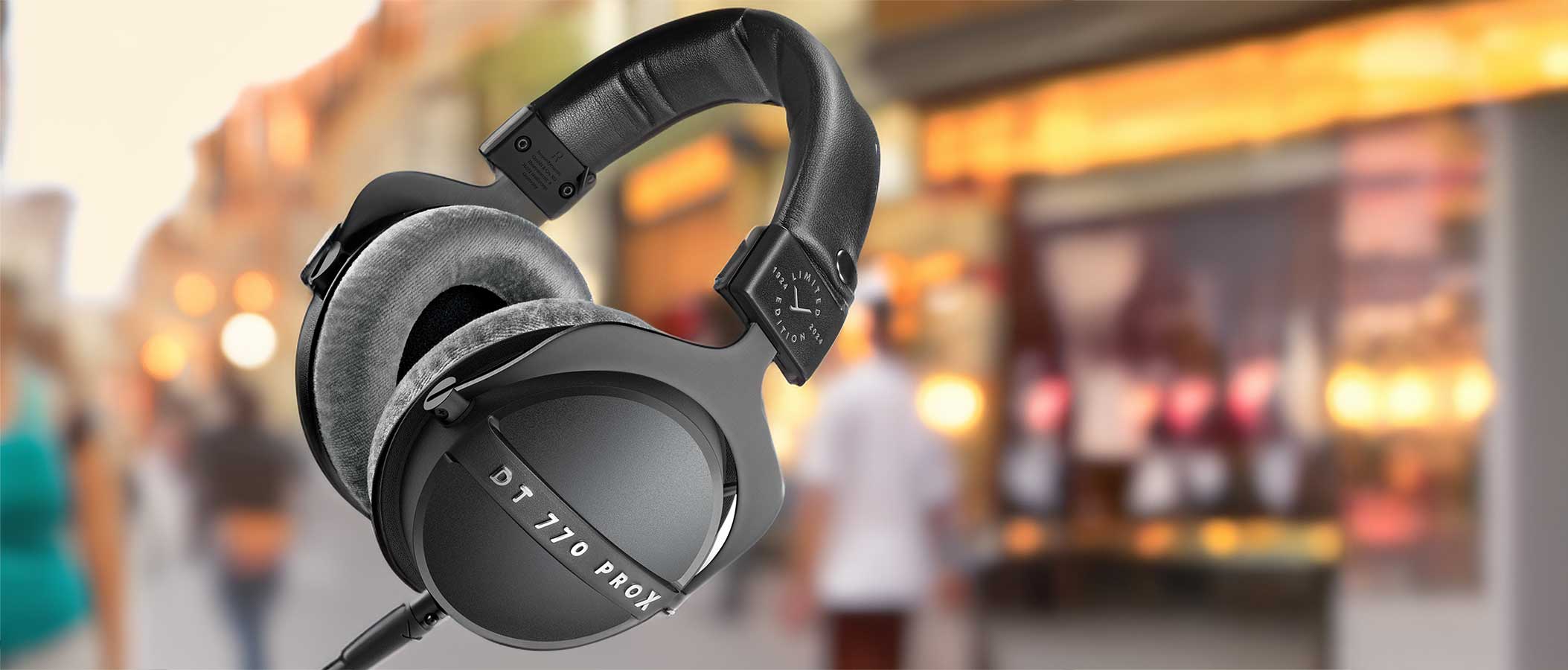Sound+Image Verdict
Wonderful comfy cabled headphones that entertain fully without pushing any frequency band to fit some desired curve, making them as suitable for recording and mixing as just rolling out the music.
Pros
- +
Open and full sound
- +
Solid build & comfort
- +
Limited Edition cachet
- +
Mobile-friendly, if best at home
Cons
- -
No complaints at this price
Why you can trust What Hi-Fi?
Beyerdynamic celebrates 100 years in 2024, and these headphones are part of the celebration, a limited edition ‘X’ edition of the DT 770 Pro. There's just a A$50 premium over the standard non-X model, and that brings you the company’s low-impedance STELLAR.45 driver technology (see below), as well as an upgrade to a pluggable cable, and also ‘improved wearing characteristics’.
This ‘X’ edition (they might have gone with X-squared for a centenary product) is noted to be a Limited Edition headphone – but it is ‘time-limited’, rather than quantity-limited, emphasises the company, though it comes to much the same thing, and we gather the first shipment of units for Australia went out very quickly on advance orders.
So if by the end of our review you’re interested, don’t hang around, because the ‘X’ edition likely won’t be here by the time the 101st anniversary comes around.
In the beginning
Shall we glance back to those beginnings?
‘Elektrotechnische Fabrik Eugen Beyer’ was founded in 1924, a German company throughout its existence, though Eugen himself had been born in St. Petersburg, moving with his family after the Russian Revolution to Sweden and then arriving in Berlin in 1921, as Eugen was turning 18 years old.
The city was a hub for technology, including nascent sound systems for cinema ‘talkies’: the German Tri-Ergon sound system was demonstrated with the film Der Brandstifter (The Arsonist) at a Berlin cinema in 1922. By 1924 Eugen had founded a company to develop and manufacture to the requirements of cinema loudspeakers – and all this still three years ahead of The Jazz Singer’s release.
The company’s first beyerdynamic headphones came later, in 1937. The early DT 48 model (DT stood for “Dynamic Telephone”) was a huge success and remained in production until 2012.
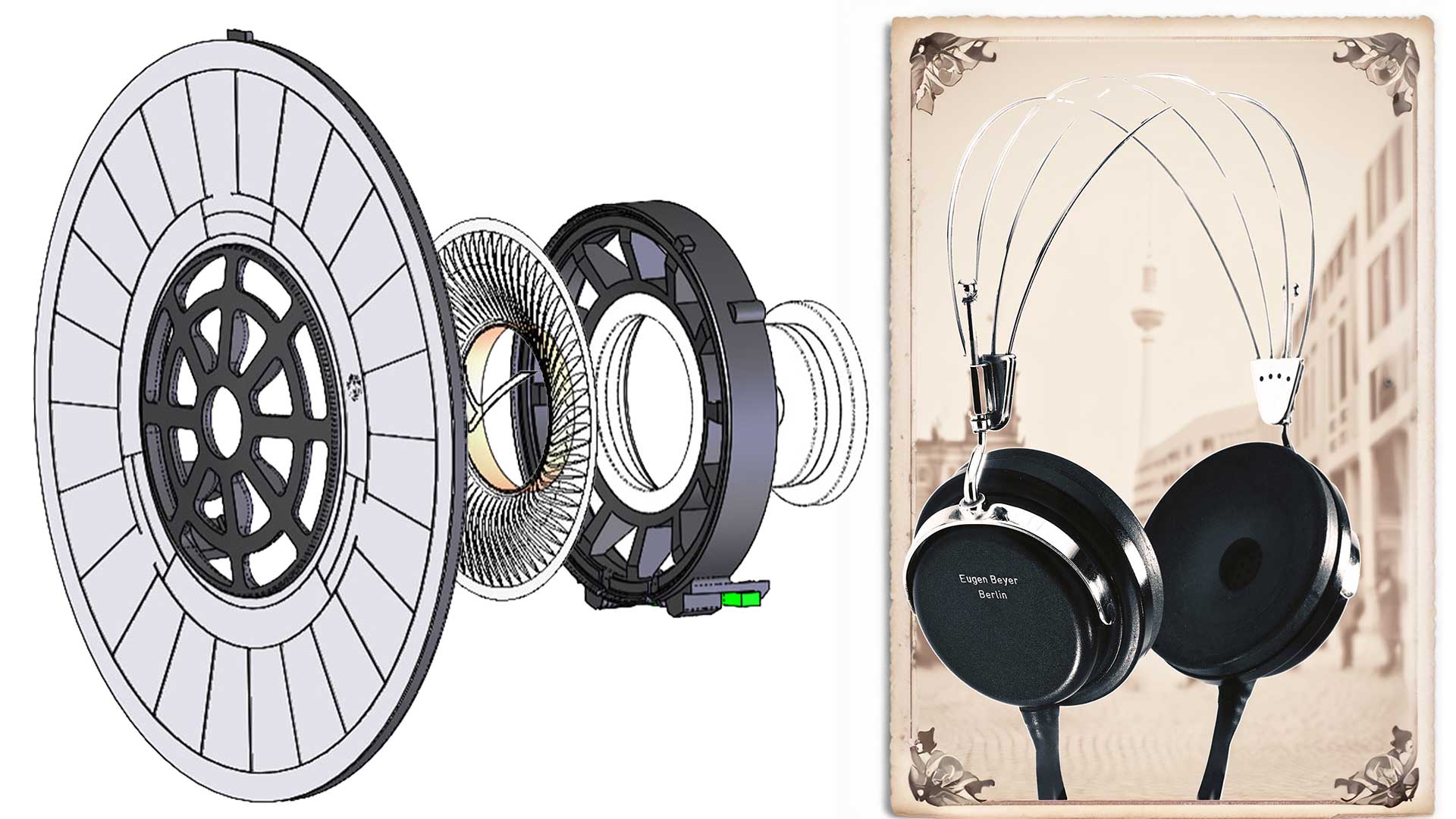
100 years later...

This review originally appeared in Sound+Image magazine, Australian sister publication to What Hi-Fi?. Click here for more information on Sound+Image, including digital editions and details on how you can subscribe. Want just this single issue of Sound+Image? Go here and purchase Issue #357.
Back in the present, the ‘Dynamic Telephone’ 770 Pro X is a closed studio headphone, described as “suitable for professional recording and monitoring applications in the studio as well as use on the move in everyday life.”
That kind of balance makes it a potentially valuable all-rounder, though of course only for those prepared to deal with cables: these are wired over-ear closed headphones, so there’s no Bluetooth here, nor noise-cancelling to provide a silent bed for your tunes when facing noisier conditions and commutes. That means no controls on the headphones, nor even buttons on a hanging lanyard. The DT 770 Pro X is strictly plug and play.
Of course, by not including all that extra tech, the DT 770 Pro X puts all your money into sound quality, and also comfort. The main sonic upgrade over the standard version is the new driver system (see image above), switching out the Tesla driver in the standard DT 770 Pro model for the company’s Stellar.45 driver, first introduced in 2021.
The main difference is in the voice coil, which is longer in the new driver, and given a symmetrical overhang, protruding to the same degree above and below it, which Beyerdynamic says takes advantage of the full range of magnetic flux in the gap. The driving force remains constant even with longer diaphragm strokes, it says, so distortions are reduced to an absolute minimum.
The copper-clad aluminium wire used for the voice coil has a diameter of just 60µm, with the coil weighing only around 80mg, and with a low electrical resistance and high voltage sensitivity, just what you need for getting as much power as possible from mobile devices. High efficiency and the highest possible sound pressure levels were key goals for the new design, along with a driver that combines suitability for both open and closed headphones.
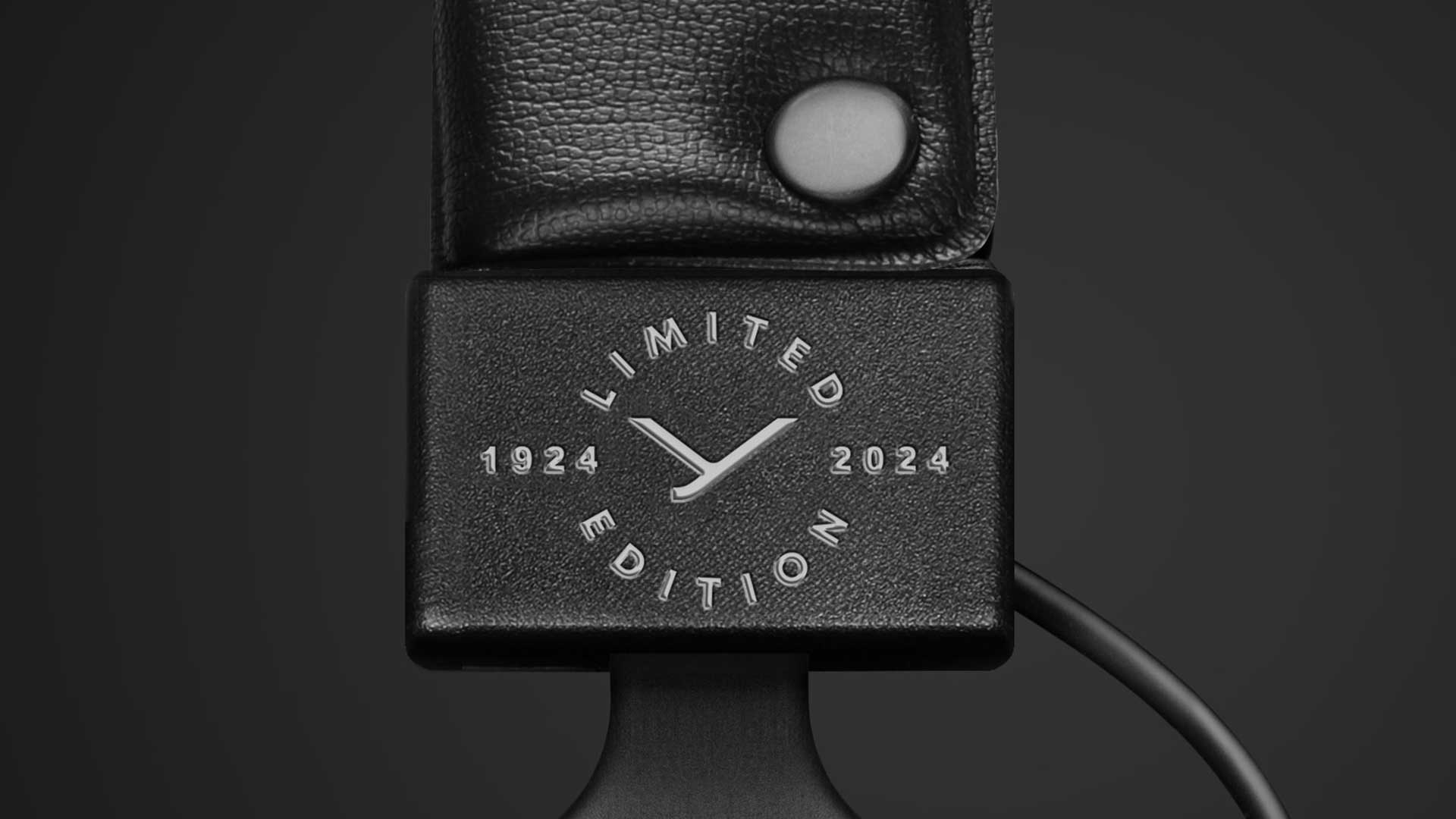
Meanwhile for comfort the thick headband is studded and covered with a leatherette material which ensures it sits softly on your noggin, along with something we’ve never heard of – an ‘integrated fontanel recess’. This Googles straight back to this particular headphone model, so we don’t know where the idea came from, but ‘fontanelles’ are soft spots on a baby’s head where the skull bones have not yet completely fused, so if that was a problem for you early on, well, perhaps Beyerdynamic has your soft spots covered here (or rather, not covered).
The ear cushions (also easily replaceable) have not leatherette but rather a plush velour fabric, a softer option we enjoy and which anecdotally we find usually lasts for more years under the sun, heat and sweat of Australian conditions than the more common mock leathers that can peel away after years of use. The sturdy steel strut to the headband allows some height adjustment, and the black-band junction is stamped in silver with ‘Limited Edition’ and ‘1924-2024’, so shrinking the beyer ‘y’ emblem to a small central spot.
The headphones connect via a nicely chunky 3-pin DIN connector that locks to the left headshell, and then via a three-metre non-coily non-kinky cable to a minijack headphone connector with quarter-inch screw-on adaptor. There’s a soft carry bag, but no hard case provided.
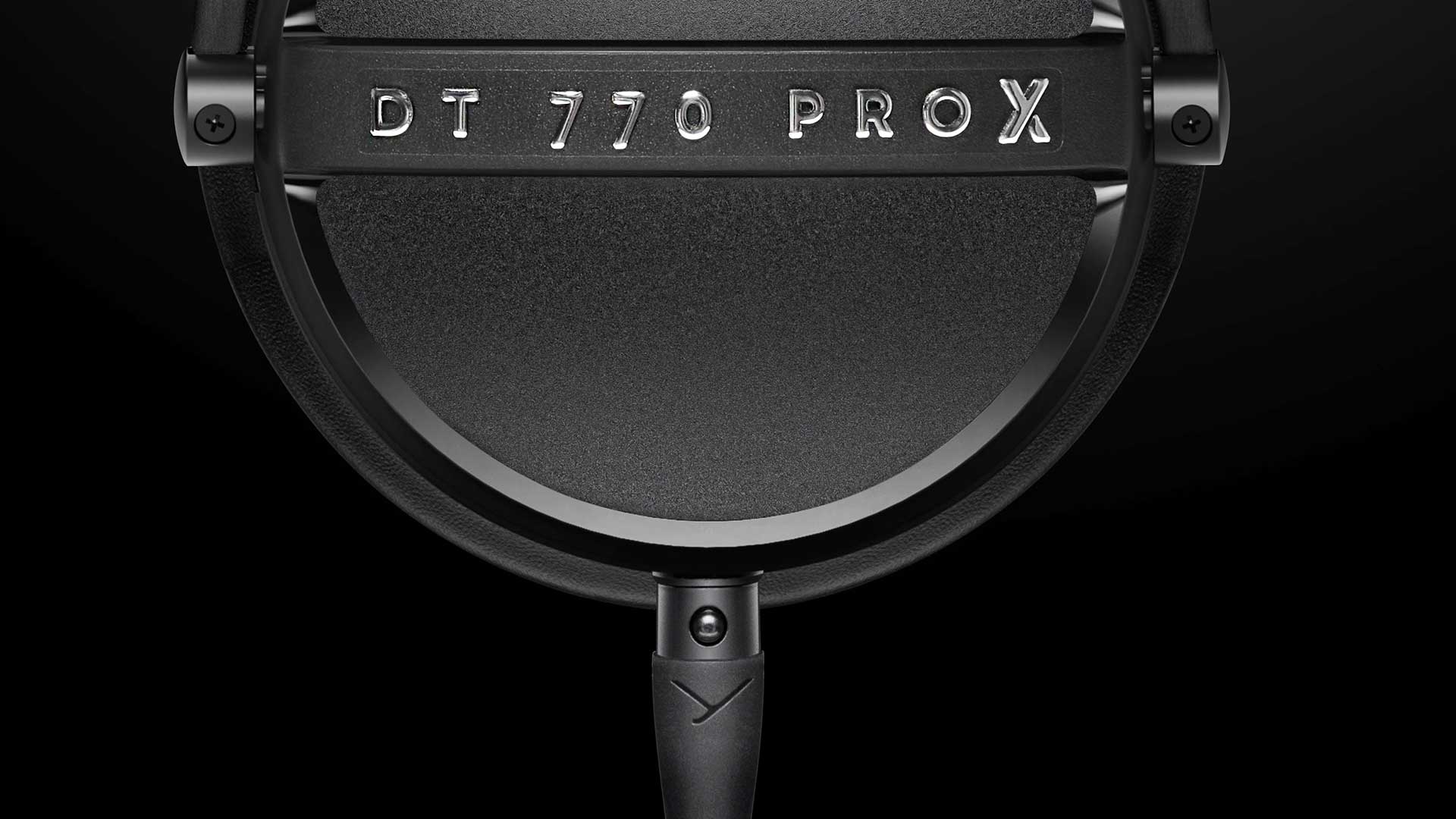
Listening sessions
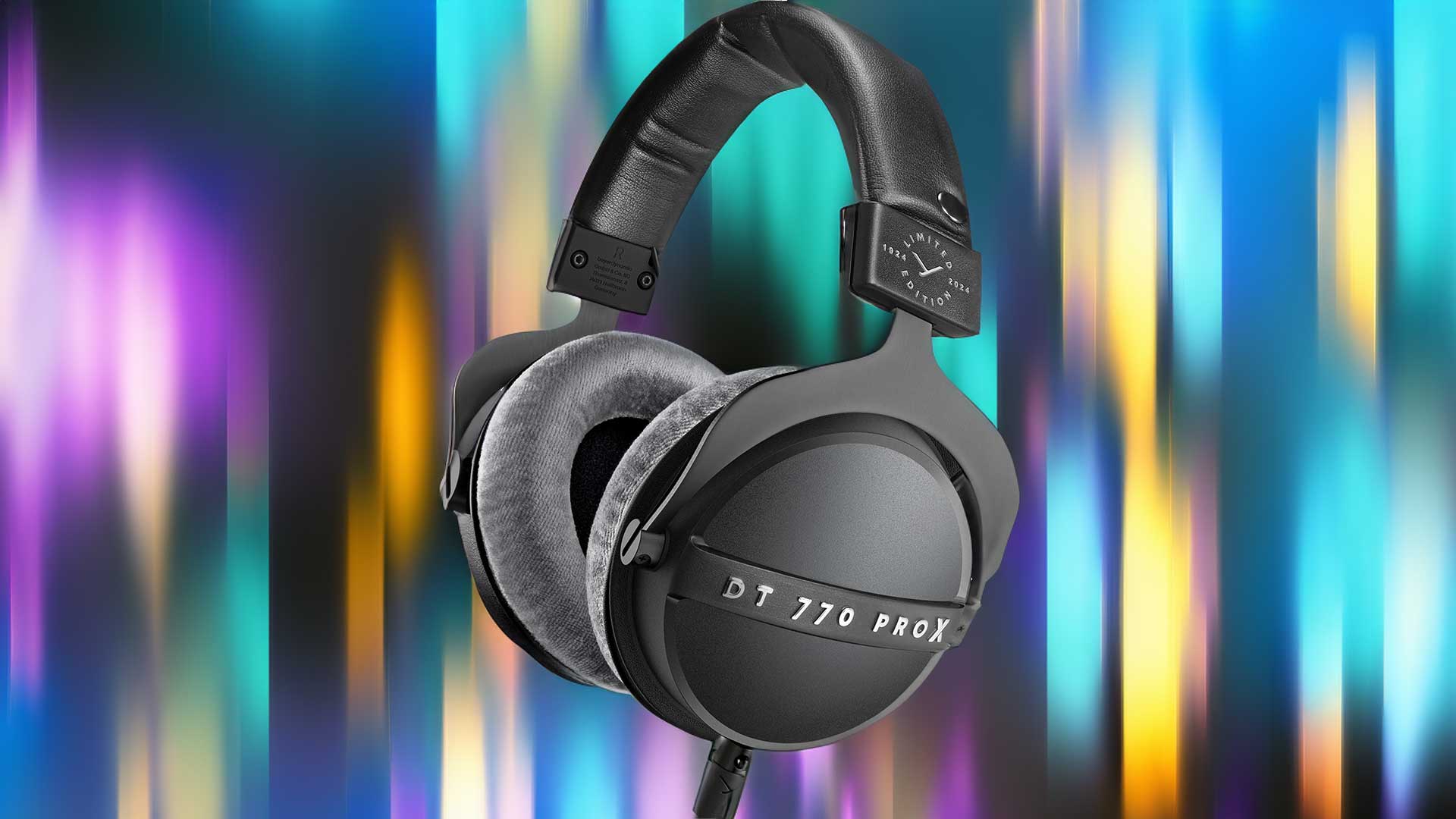
Type: cabled, overear, closed dynamic headphones
Quoted frequency response: 5-40,000Hz
Nominal impedance: 48 ohms
Weight (without cable): 305g
We left the DT 770 Pro X LE playing alone for a few days on random tunes before some serious listening, though we began outside with an iPhone and a standard Apple lightning-to-minijack cable converter, and thus to the Beyerdynamic headphones.
Despite the limiting factor there of Apple’s DAC quality, they served us a near-religious experience one early autumnal Sydney sunset, when still freshly broken in. We had swapped our usual Apple overears (still officially $899), which we love not only for their sound but also their stereo transparency, which allows us to follow lorikeets and kookaburras on top of the streaming tunes. We lost that connection with the closed Beyerdynamics, though they’re not entirely passively isolated (the specs say 16dBA isolation), so when the music stops you can hear a muffled world around you.
Remarkably the sound was no wild downgrade on those $899 headphones; indeed we found ourselves unable to level any particular criticism. Angus & Julia Stone’s new album flowed dreamily and spatially from the upgraded hardware, all clear, both voices held in their respective spaces, guitars jangling on either side on the title track Cape Forestier, lead lines cutting through. Was the kick drum a little woofy? Were things a little soft?
We pulled out some fizz with Daft Punk’s Giorgio by Moroder, and while things sounded large and fizzy, things could have been more clarified down the frequency range: bass lines were present but not pacy.
But this, of course, was still via the iPhone and tiny Apple DAC. When we retired to the music room, we fed the headphones from both pro sockets (including a Digidesign console), and hi-fi headphone outputs.
In both cases the edges sharpened up immediately and there was greater space within recordings for individual instruments to be highlighted. More solidity overall as well, with vocals clear, central and strong on The Waterboys’ I Can See Elvis, even as the bass, kick and chugging guitar were behind, plus organ and backing vocals spreading the song wide.
Spoken voices were also rich and clear, both male and female: this would make a great pair of comfy headphones for making podcasts, as well as listening to them. As for music, the songs played on, and we were drifting away on a personal cloud of music delightfully delivered, nothing to offend us either consciously or, clearly, unconsciously.
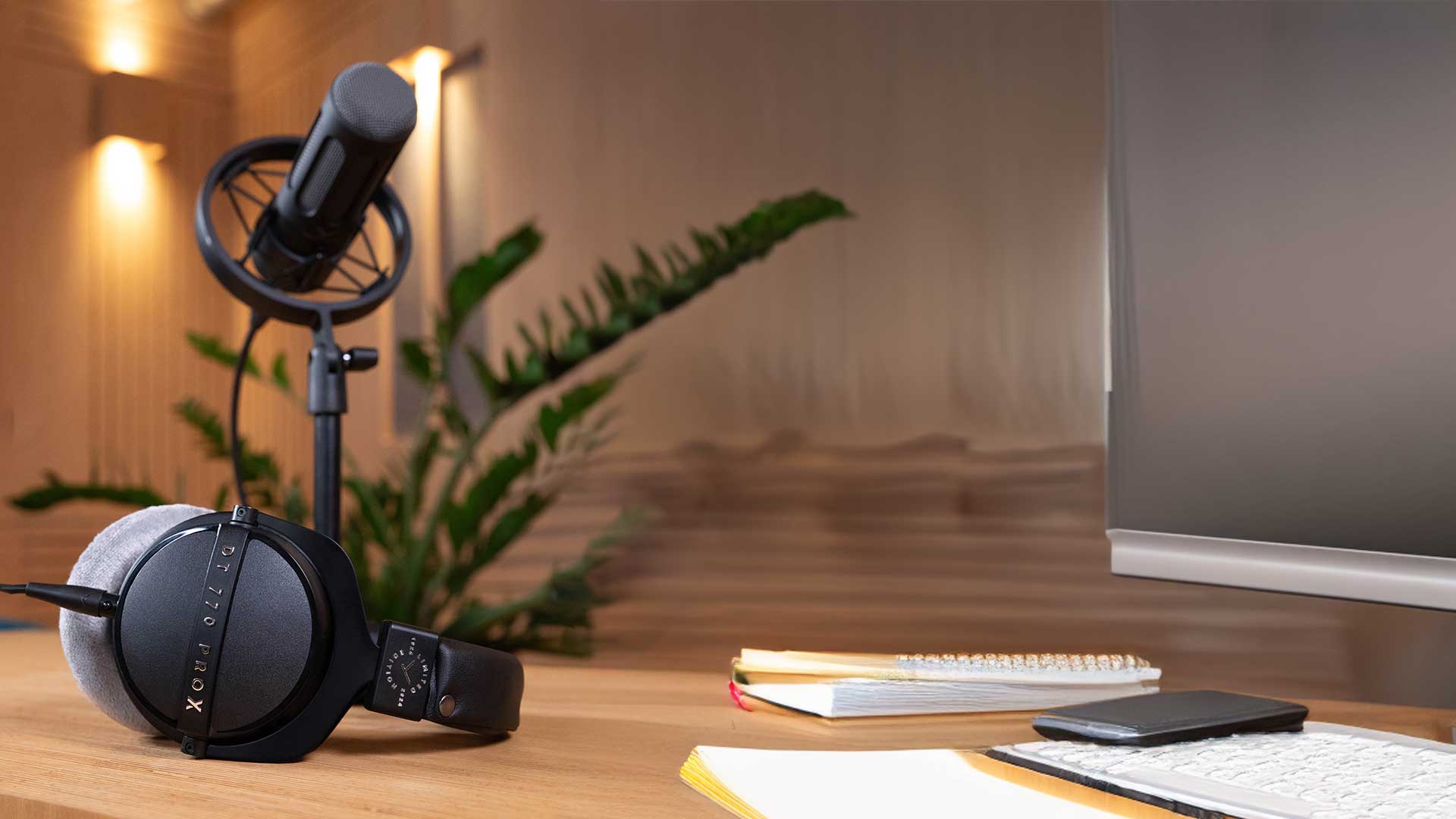
Verdict
The sonic return on wired headphones is enormous when you have a longstandingly wise headphone company spending the money on comfort and sound quality.
The DT 770 Pro ‘X’ edition are wonderful headphones that entertain fully without pushing any frequency band to fit some desired curve, so achieving a relative neutrality that makes them suitable for recording and mixing work as well as just rolling out the music. They play well (if not at their best) even from mobile devices, and snap into action fully when given a proper headphone amp.
Meanwhile their relatively-affordable price puts them into bargain territory. Get ’em while you can!

Jez is the Editor of Sound+Image magazine, having inhabited that role since 2006, more or less a lustrum after departing his UK homeland to adopt an additional nationality under the more favourable climes and skies of Australia. Prior to his desertion he was Editor of the UK's Stuff magazine, and before that Editor of What Hi-Fi? magazine, and before that of the erstwhile Audiophile magazine and of Electronics Today International. He makes music as well as enjoying it, is alarmingly wedded to the notion that Led Zeppelin remains the highest point of rock'n'roll yet attained, though remains willing to assess modern pretenders. He lives in a modest shack on Sydney's Northern Beaches with his Canadian wife Deanna, a rescue greyhound called Jewels, and an assortment of changing wildlife under care. If you're seeking his articles by clicking this profile, you'll see far more of them by switching to the Australian version of WHF.
